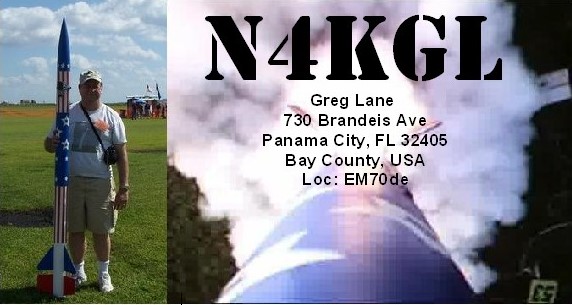Novice Rig Roundup is March 4-12 this year and is now underway. My Drake 2 Line, the 2-NT transmitter, and the 2-C receiver is my go-to novice rig. I used a Drake 2-C as a Novice Class ham in the late 60s. I get to recreate that novice experience using crystals for the 2-NT. It is challenging when you have a few choices of frequencies, and you can't move around with a VFO.
 |
| The Drake 2-NT transmitter and Drake 2-C receiver work smoothly together like a transceiver. |
Sadly I let my original Drake 2-C go, so I bought a replacement from eBay. Phil N4STC now SK did a partial recap for me when I got the receiver. However, a hum developed that I lived with, but eventually, it was overwhelming the audio. The usual suspect is electrolytic capacitors, which was the case this time.
 |
| This is the 12-volt DC power supply circuit board in the Drake 2-C. The large electrolytic caps were the issue. |
There is a sidebar to this story. I bought a digital storage oscilloscope for my birthday. The good news is you can get a lot of bang for your buck these days. I purchased a new Instek GDS1102B two-channel 100 MHz digital storage oscilloscope for less than $300. The scope is a great value considering we hams may spend $300 on an antenna analyzer.
 |
| The Instek 1102B. Note I had not compensated the probe. |
The scope came in handy. Sure enough, the 12-volt DC power supply in the 2-C had a six-volt 120 Hertz AC component. There were two 1000 uF capacitors to do the filtering. One failed open they both had a cracked case. I ordered replacement caps from Mouser, and they arrived the day before NRR started. So a little soldering and mechanical maneuvering did the job. Yet the scope still shows one volt of AC on the 12 volts DC. That causes a minor hum, and I choose to go with it and get on the air for NRR.
 |
| Before: This is a terrible output for a DC Supply. |
 |
| After: Replacing the caps improved it, but there still is about a volt of AC. |
I have eighteen NRR contacts from Friday night and Saturday. Among the contacts were friends Tom WD0HBR in Dothan, Alabama, and Bobby AK4JA in Newnan, Georgia. Most of these hams share my love of vintage rigs and the Novice days. This may inspire me to dig into other vintage rigs I have that need work. The scope is not required, but it sure is helpful. Note I am a novice at using a scope, but it is intuitive. I am pleased with my purchase.








